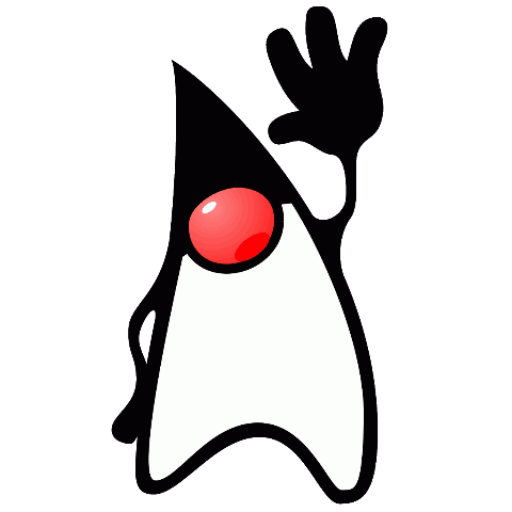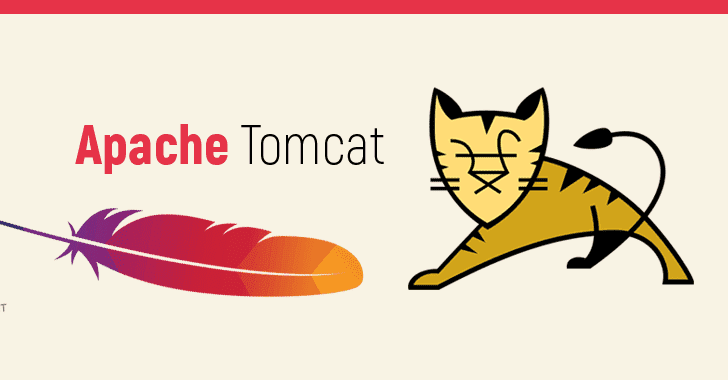Tag: JDK
Our JDK section, short for Java Development Kit, has easy to follow tutorials on installing Java onto many of the popular distributions.
10 Steps to Install Java on Windows, Ubuntu, and macOS
Java is one of the world's most popular and widely used languages, used to develop everything from mobile apps and enterprise software to scientific computing. One of the most significant advantages of Java is that it can run almost anywhere after being compiled. This article shows how to install Java on Windows, Ubuntu, and macOS.
How To Install Oracle Java 8 on Ubuntu 22.04
The Oracle Java 8 is a programming language that creates many of the applications and websites in use today. Its ubiquitous and stable nature makes it a favorite amongst Google and Android developers for the last 20 years. If you have a Liquid Web Core Managed Ubuntu LTS VPS server, contact our support team for help with installation. Otherwise, this tutorial guides you through how to install Java 8 (Java Development Kit) and set the path of the JAVA_HOME variable.
Installing and Verifying OpenJDK 11
What is OpenJDK?

OpenJDk or Open Java Development Kit is a free, open-source framework of the Java Platform, Standard Edition (or Java SE). It contains the virtual machine, the Java Class Library, and the Java compiler. The difference between the Oracle OpenJDK and Oracle JDK is that OpenJDK is a source code reference point for the open-source model. Simultaneously, the Oracle JDK is a continuation or advanced model of the OpenJDK, which is not open source and requires a license to use.
How to Install and Configure Gradle
What is Gradle?
Gradle is a high-performance open-source build automation tool that makes it possible to build just about any type of software. It is highly configurable and extensible via a well-developed plugin ecosystem. Because build automation is an integral part of the consistent delivery of software projects, Gradle integrates seamlessly with multiple IDE’s, including Android Studio. This tutorial covers the manual installation of Gradle on Linux, MacOS, and Windows.
Install Oracle Java 8 on Ubuntu 18.04
Java is a programming language used to build Android apps and real life web applications like Gmail and Google Docs. This ubiquitous language can be installed onto an Ubuntu server and its what we’ll be teaching in this tutorial today.
How To Install WildFly On CentOS 7
Introduction
In this tutorial, our objective is to install WildFly on an unmanaged CentOS 7 server. WildFly is a managed application runtime server and Java software platform used to provision Java applications and services. It is an open-source software which is consistently being improved by its user community. While the WildFly software remains open-source, if paid support is needed, it is provided by Red Hat who currently develops the software (apart from the community forums). Some may be more familiar with WildFly's previous name, which was JBoss AS. RedHat continues to develop its version of this software under the JBoss EAP name.
What is Tomcat?
In this article, we will be demonstrating how to install Apache Tomcat on CentOS 8. Before we begin, let's define exactly what Apache Tomcat is. Apache defines Tomcat as: "An open-source, servlet container, JavaServer Pages, Java Expression Language, and WebSocket technology that also acts as a web server. It affords a "pure Java" based HTTP server environment in which Java can be executed." Tomcat works with the Java programming language and is associated with web applications written in Java.
Installing Tomcat 9 on Windows

What is Tomcat?
Apache Tomcat installs several Java Enterprise Edition specs including Java Servlet, JavaServer Pages, Java EL, and WebSocket. It provides for a "pure Java" HTTP web server environment in which Java code can run.
Tomcat 9 is the latest version of Apache’s Tomcat service and can easily be installed on Windows to serve as a convenient way to run Java.
There are many features and tools that Tomcat 9 has to offer that can make the deployment of web pages more manageable, including the use of JavaServer Pages.
How to Install Java on CentOS 7 (Java 8)
In this tutorial, we’ll be showing you how to install Oracle’s Java 8 programming language specifically onto a CentOS 7 server. This simple object-oriented language is used for many of the applications and websites you come across today. Let’s jump right in!
- These instructions are intended specifically for installing Oracle Java 8 on Ubuntu 12.04 LTS.
- I’ll be working from a Liquid Web Core Managed Ubuntu 12.04 LTS server with Apache and PHP installed, and I’ll be logged in as non-root user. If you need more information then visit our tutorial on How to Add a User and Grant Root Privileges on Ubuntu 12.04 LTS.
Our Sales and Support teams are available 24 hours by phone or e-mail to assist.

